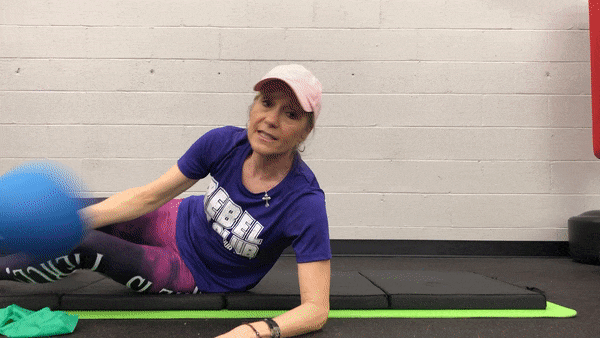
Most often when people experience knee pain, I find the underlying cause is weak glutes. Even avid exercisers often cannot fire their glutes properly.
Strong glutes are vital for everyone, especially if you have Parkinson’s. The glutes are an incredibly important muscle group for many reasons. They balance out gait, assist in fall prevention, improve posture, and prevent back, hip and knee pain and injury.
Why is it that the glutes can be so difficult to activate?
The most common reason for underactive glutes is due to lifestyle. Even people who exercise every day, if they spend a couple of hours sitting, they are simply not using their glutes.
Another common reason why people with Parkinson’s have knee pain is due to a neuro disconnect. An uneven gait changes your body mechanics and may make knees wear or hinge unevenly. With PD, anterior muscle groups become tight, while posterior (glutes and hamstrings) become weak. Compensation occurs, and it throws off everything, resulting in injury.
Glute activation and strengthening is the key. You need to wake up your glutes to help align your knees and keep them strong. It makes the connection from your brain to your muscles, and gets the muscles fired up and ready to do some work.
Bridging for Good Knee Health:
- Lay on your back with arms on the ground by your side and knees bent about 90 degrees with feet on the ground, sit-bone width apart (about 8 inches).
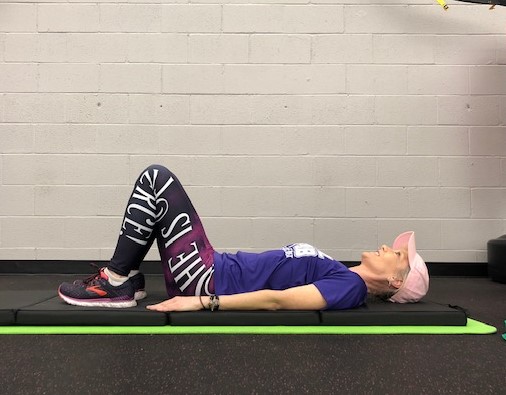
- Place a small pillow under your head if your head can not lay flat to keep your neck in neutral position.
- Inhale, and as you exhale slowly lift your hips by hinging off the ground. Avoid tucking your bum under.
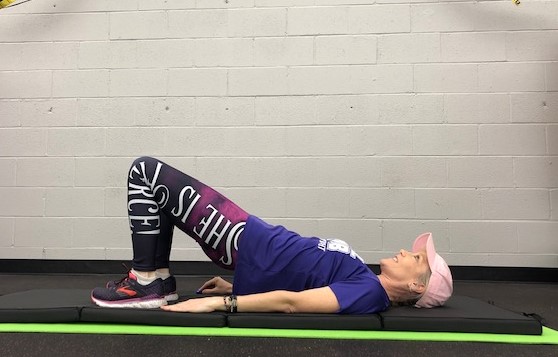
- There should be a straight line from your ear through your hip bone to your knee.
- It may be difficult to get your hips up if your glutes are weak and your hip flexors in front are tight. Be patient and keep practicing!
- You should feel your hamstrings contract, glutes engage, and your hip flexors in front of your hips will stretch. Imagine ironing out all the creases in the front of your pants.
- Hold the bridge position (hips up) for a few seconds, and come down leading with your tailbone to maintain neutral position.
- Perform 10 bridges with good form, and do once or twice daily.
Variations:
- To engage your inner thigh muscles, place a 5” ball between your knees. Once you are in a bridge position, squeeze in and out on the ball, keeping your hips lifted.
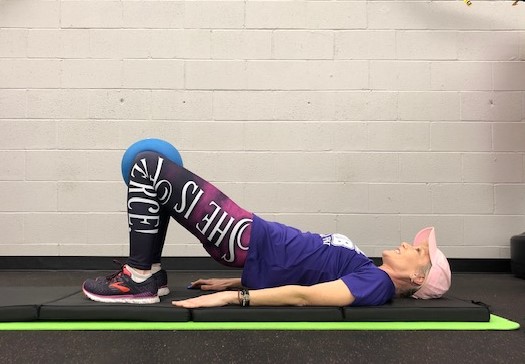
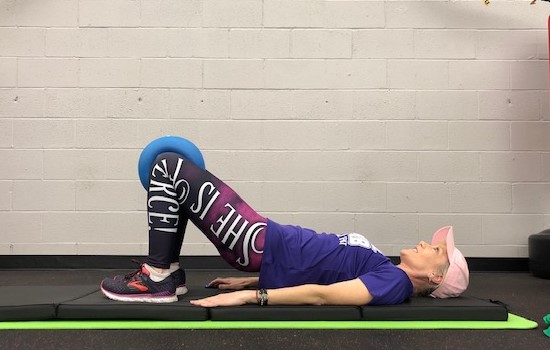
- To work outer thigh muscles, wrap a resistance band around your legs (above your knees) and tie it loosely.
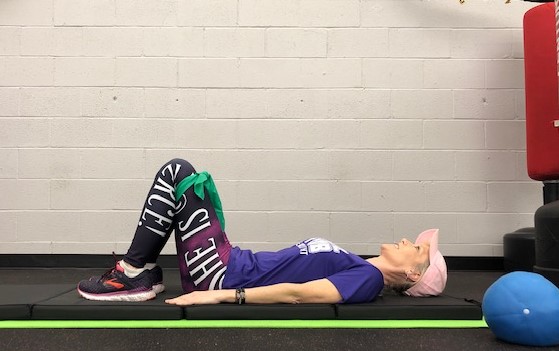
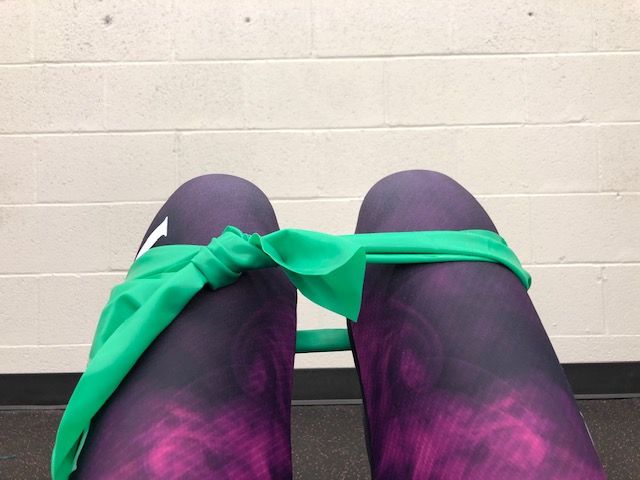
- Once you are in your bridge position, push outward against the band. Make sure to untie the band before standing back up.
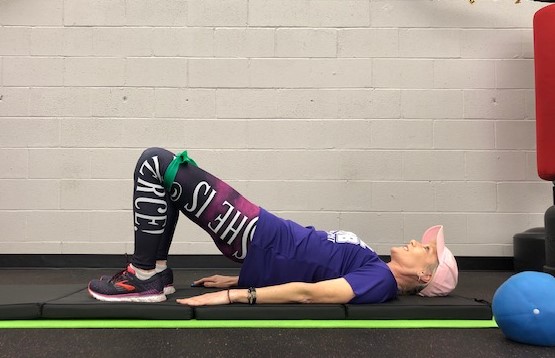
- Do each of these variations 10 times in addition to the basic bridge above.
These exercises will strengthen your glutes, hamstrings, engage the inner and outer thigh muscles, and stretch those overly tight hip flexors. This is a safe exercise, but if you have back discomfort just reposition and try again.
Coach Kimberly